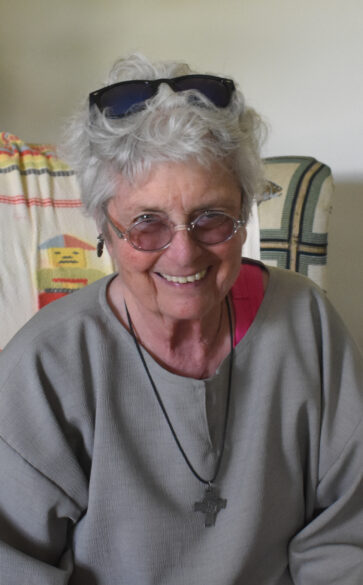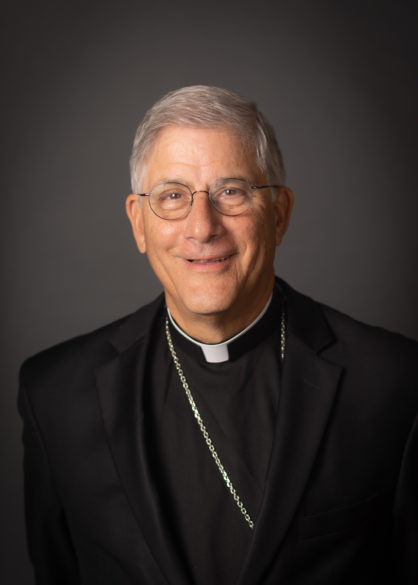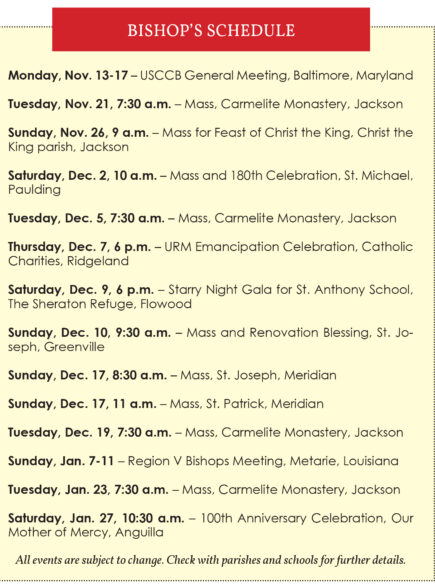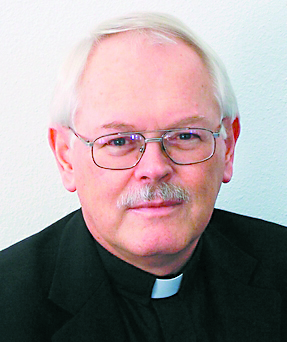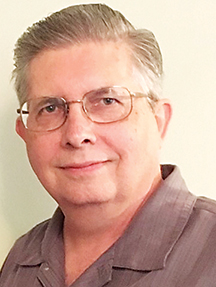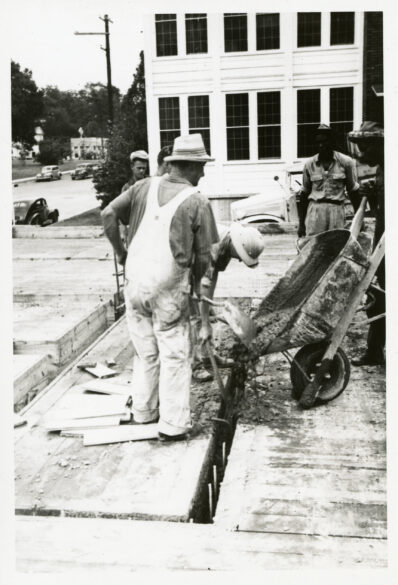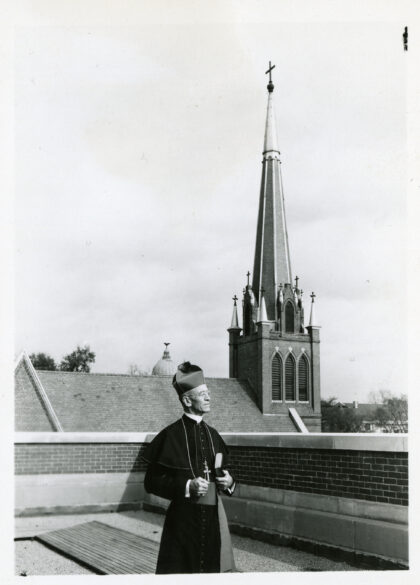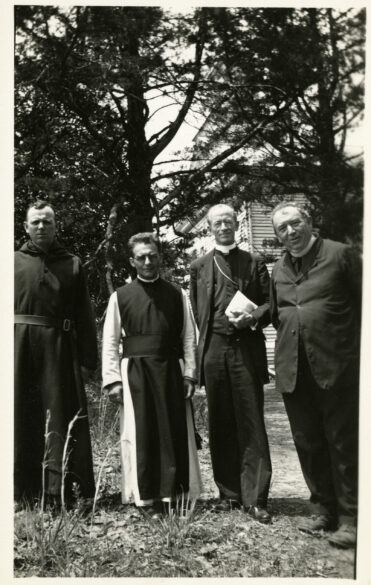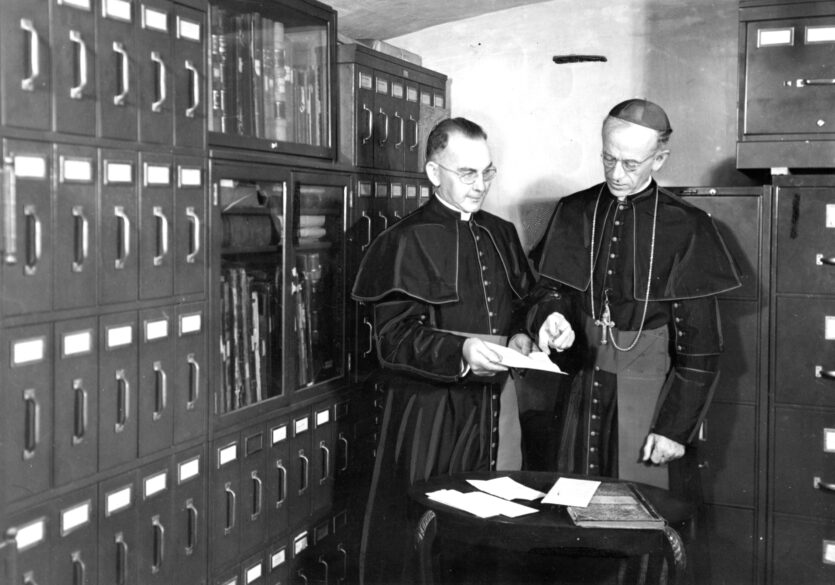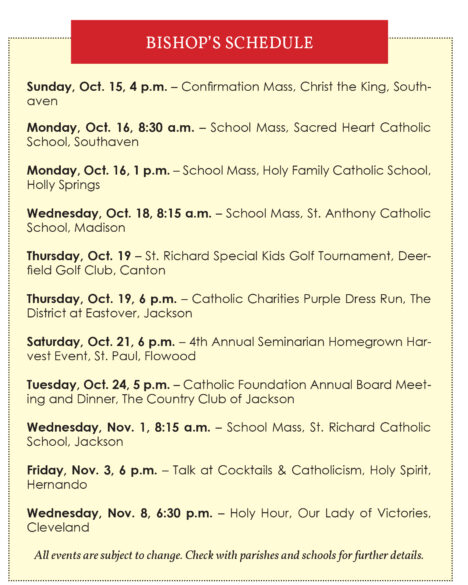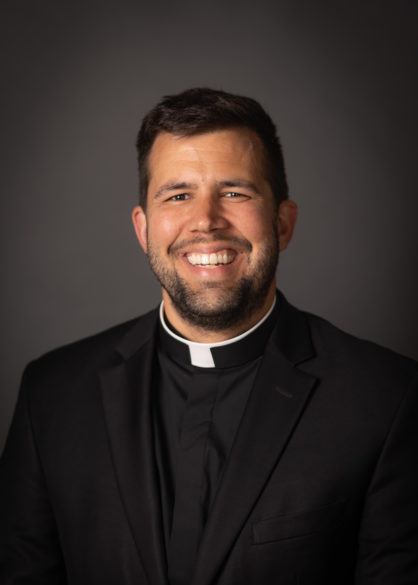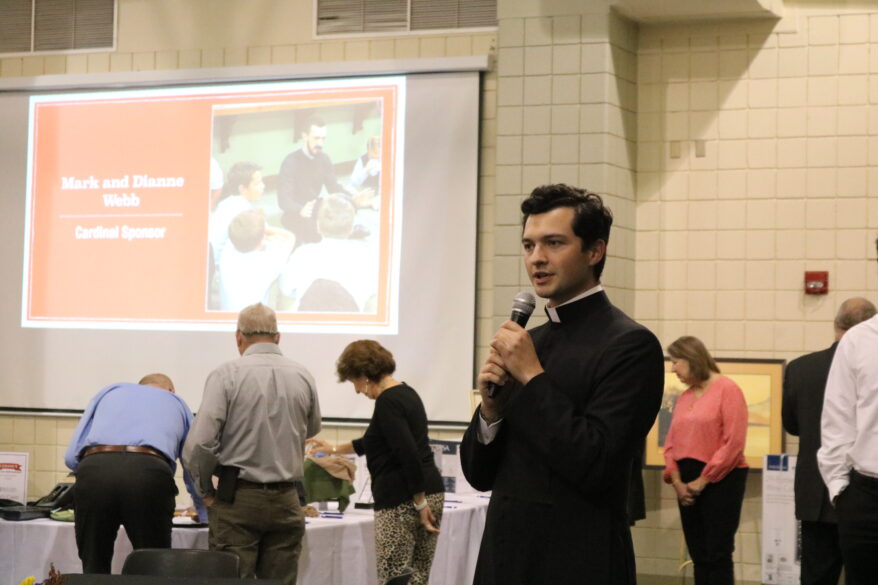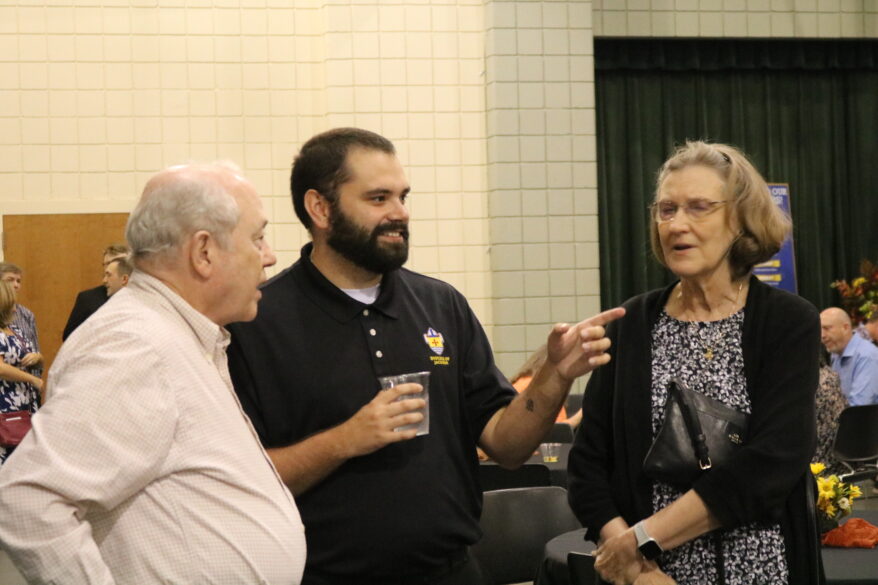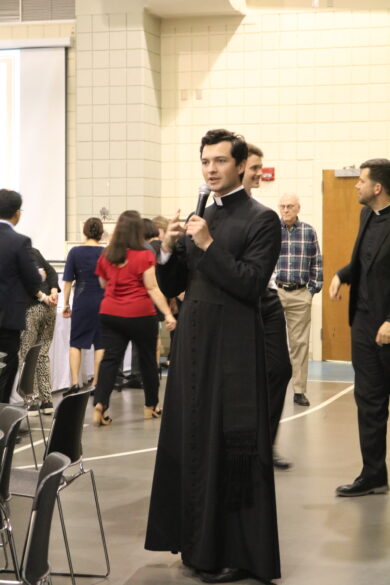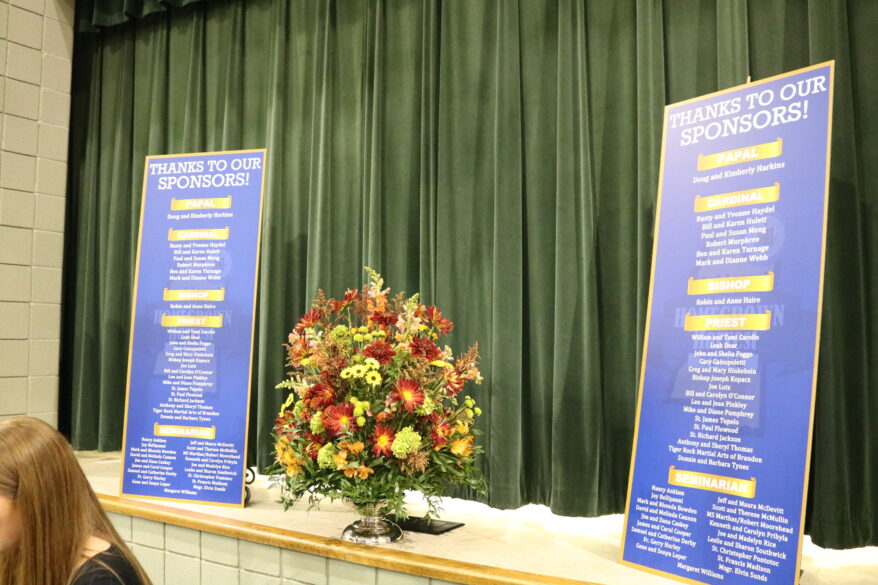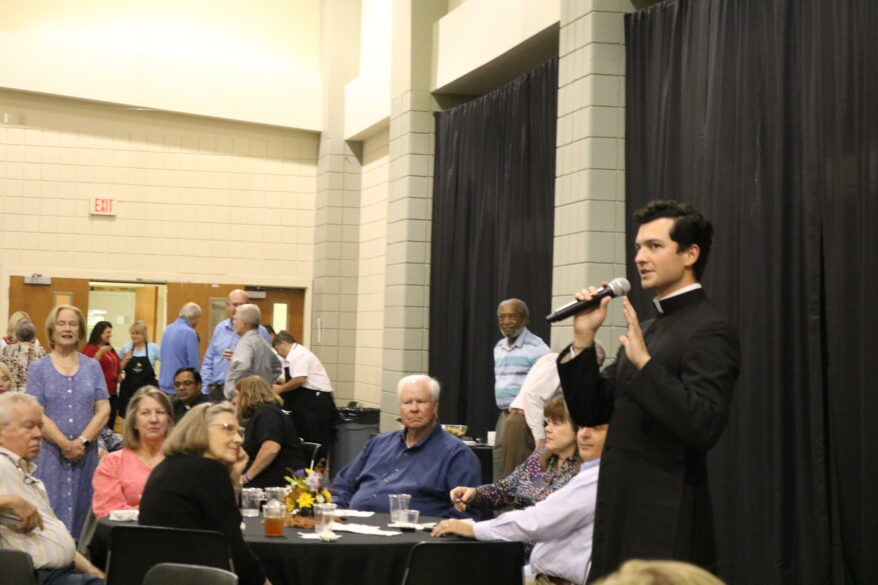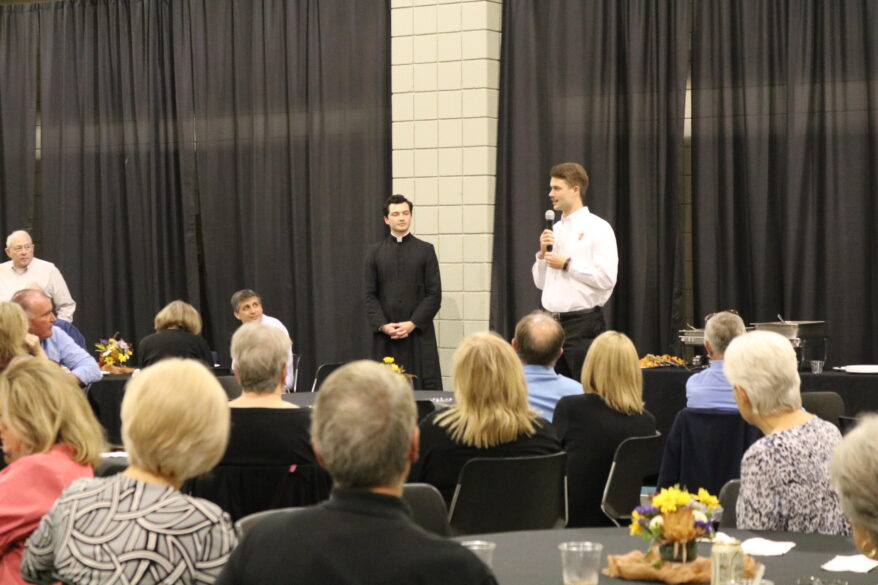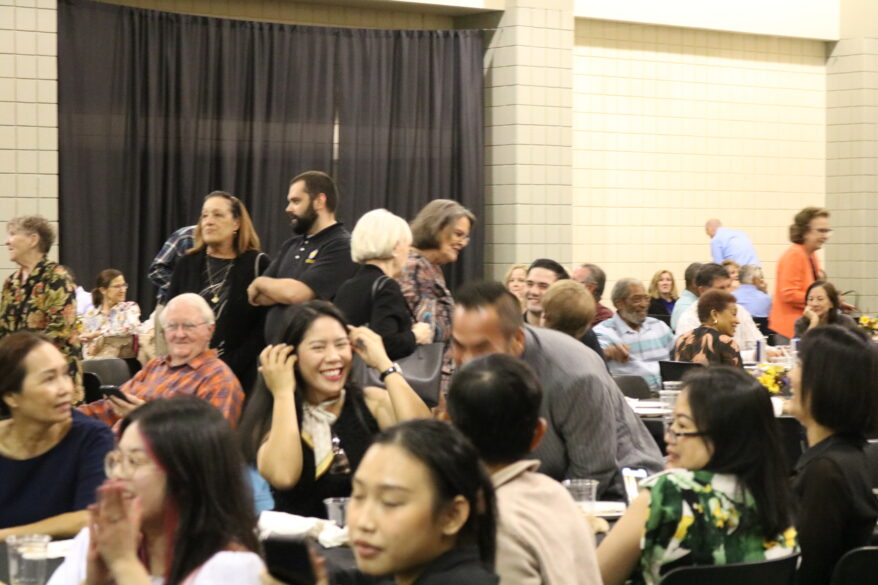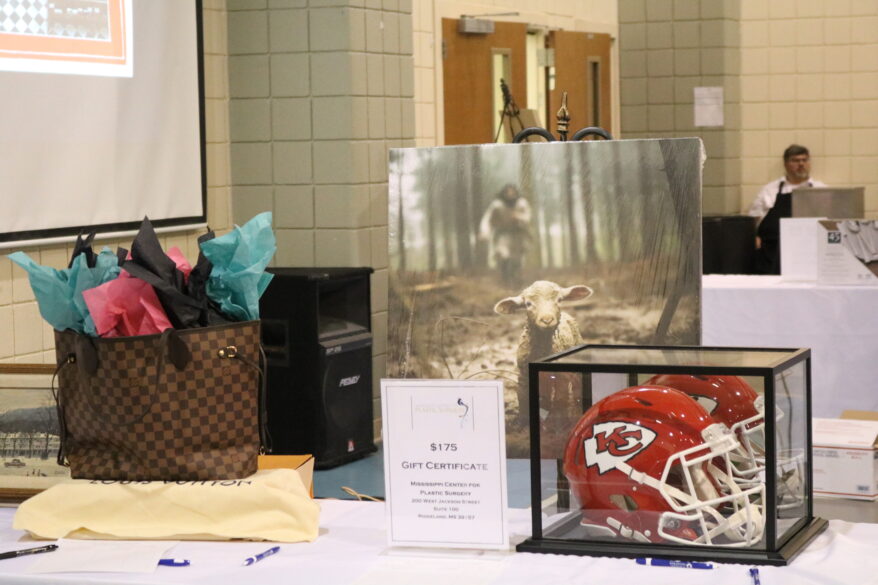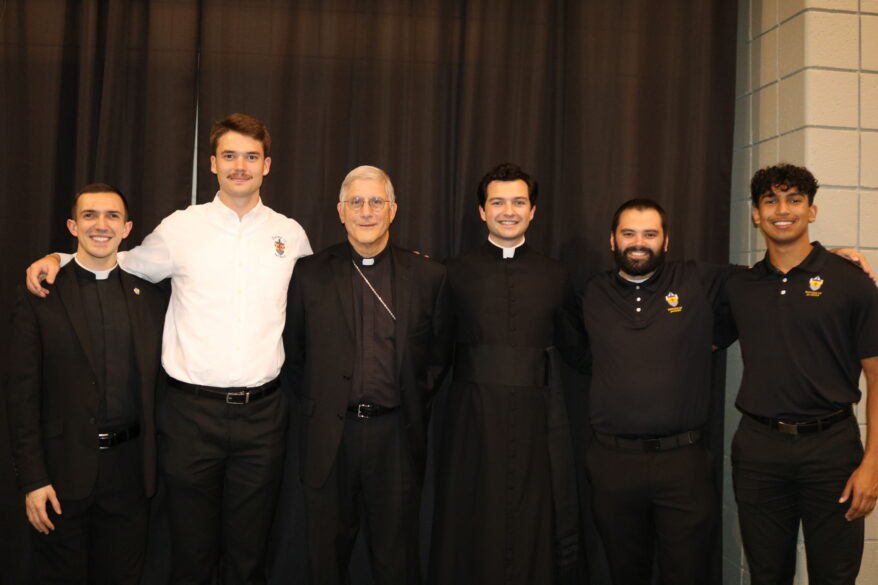Senior Standing
By Lisa M. Hendey
“Waiting has never been my strong suit. I tend to associate long waits with a childhood tradition that I’m certain my mother invented. Each Christmas when I was young, Leroy and Bessie, Mom’s parents, would make the annual drive from their home in Fort Wayne, Indiana to ours in Westminster, California. We always knew the day of their scheduled arrival. But in those pre-GPS, non-cell-phone-toting days, we had no idea of the exact hour.
Sometime after breakfast, Mom would send my younger siblings and me to the front yard where we would dutifully “wait for Grandma and Grandpa” on the street curb. In retrospect, I realize it’s likely that Mom knew better, and that we were only out there for a matter of minutes, but to me, the wait felt endless.
But that first sight of my grandparents as they stepped out of their car was well worth the wait on that hard curb. Perhaps the unknown of their arrival time, those hours of anticipation, made the payoff all the greater when we wrapped them in hugs and kisses. Now, as a grandmother myself, I can relate to how they must have felt.
“Are we almost there?” Grandma Bessie must certainly have asked Leroy. For she was waiting too.
I experience a similar impatience each year when the violet, rose and green hues of our family’s Advent wreath emerge from my Christmas bins. Those wreaths and their candles, and our daily devotionals, help us to mark the days until the Nativity of Our Lord. But it seems the more I age, the more childlike and impatient I become for the “big day” to be upon us.
Catholics celebrate liturgical seasons rather than singular days for a reason, though, and so this year, I have decided to focus on lingering in the waiting – sacrificing my own excitement as I try to make my anticipation something holy.
If we are living Advent mindfully, we are preparing our hearts and minds for something even more remarkable than Christ’s birth: his second coming in salvation. Advent, at its best, can be for us a time of intense spiritual training – to make straight our paths toward our ultimate goal: an eternity in God’s presence.

I realize that sanctifying the waiting does not simply happen as I slide open the doors on my glitter-gilded calendar. This year, I hope to be doing all of my usual Advent-y things. I’ll light the candles and send out the cards. I’ll seek the perfect gifts and ponder over the O Antiphons. I’ll bake the cookies and will probably burn a few of them.
But I hope to approach my waiting – especially for those waits that challenge me so greatly – with greater intentionality, and here is how. Sometimes the waiting keeps us looking for resolution. We may have experienced the loss of a job, the further explanation of a pending diagnosis, or the outcome of a hoped-for plan or dream. When that happens, we understandably focus on the state of our incompleteness. In our crises of confidence, may we remember to pray for a greater acceptance of God’s perfect will for our lives.
Some of us await reconciliation. We may deeply feel the loss of relationships with loved ones that have dimmed or grown dark completely. As the world around us plays out various Hallmark moments of family gatherings, we lament the empty seat at our holiday table. In the absence of our loved one’s physical presence, may we remember to pray unceasingly for their well-being.
Some of us await peace. We may be overwhelmed by despair at the profound divides in our world that seem to further separate us with each passing day. Embroiled in our own traumas and those of nations around us, we may lose sight of hope. As we tune into the daily news (and the state of our own souls), may we remember in our waiting to invoke the lasting love of the Christ Child, our Prince of perfect peace.
(Lisa M. Hendey is the founder of CatholicMom.com, a bestselling author and an international speaker. “Senior Standing” appears monthly at OSV News)

